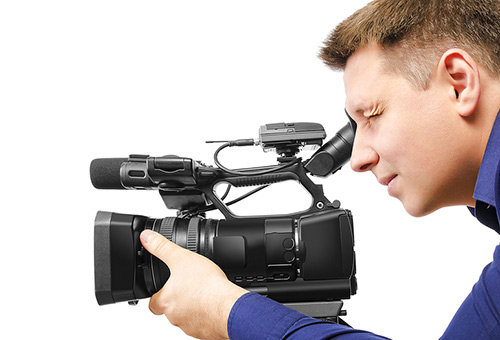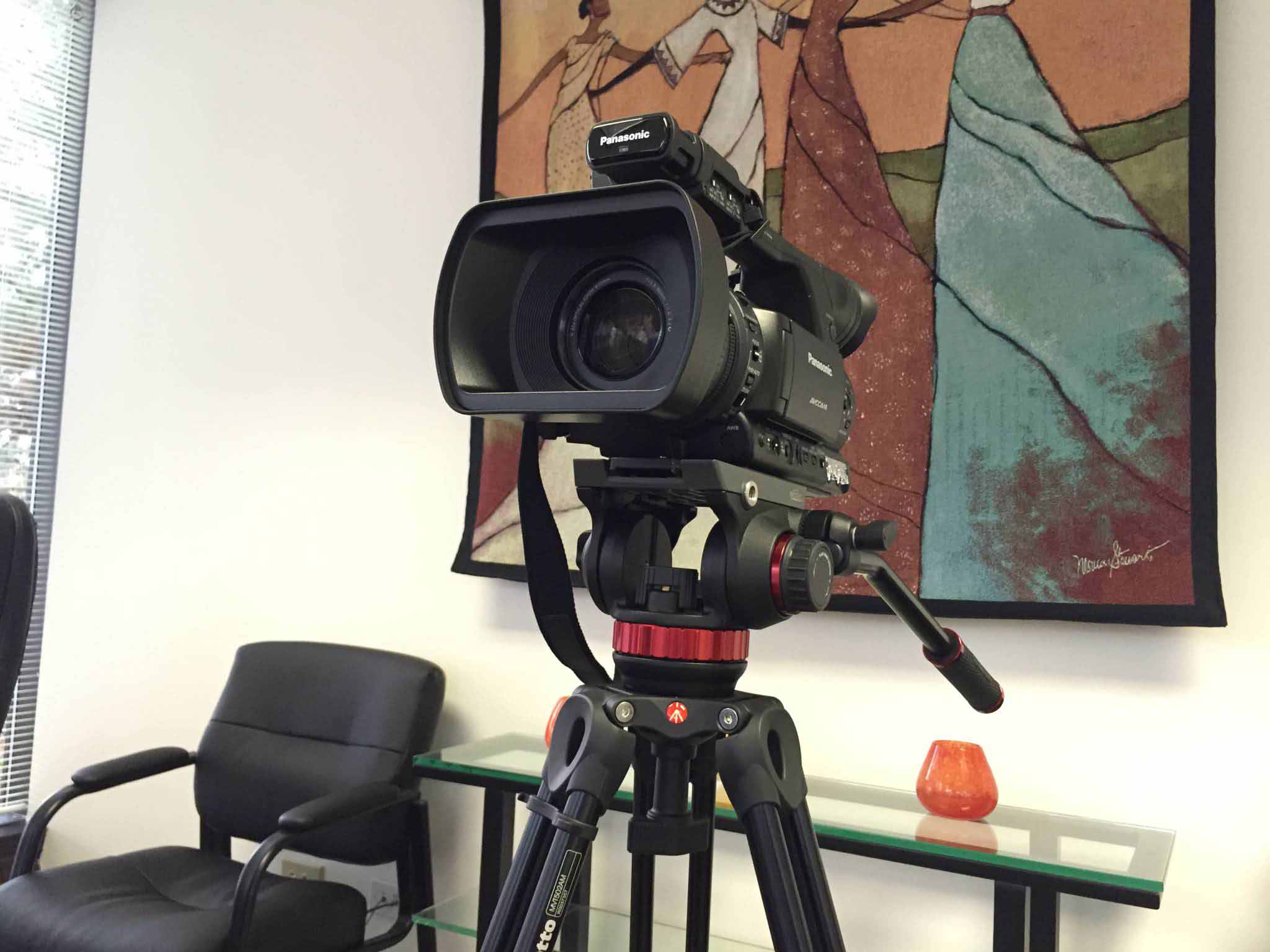Why Legal Videography Is Necessary for Accurate Legal Record-Keeping
In the world of lawful proceedings, the accuracy of record-keeping is paramount, and legal videography becomes an essential tool in this context. By catching the nuances of spoken and non-verbal interaction, it considerably reduces the capacity for misinterpretation that can accompany traditional written documents. The preservation of authentic visual proof not just improves the reliability of testaments but likewise contributes to an extensive account of events. As we discover the complex advantages of lawful videography, one should consider its implications for the future of judicial integrity and transparency - legal videography.
Significance of Visual Proof
Developing the importance of visual evidence in legal proceedings is paramount for ensuring accurate record-keeping and enhancing the overall honesty of the judicial process. Visual proof acts as a critical device in documenting occasions, problems, and various other essential details that might be necessary to a case. Unlike composed accounts, which are at risk to interpretation and bias, aesthetic recordings offer a purpose, unalterable depiction of facts as they occurred.


This form of evidence can record a range of components, consisting of witness habits, ecological context, and physical proof, every one of which may influence judicial end results. By providing a clear and detailed visual story, legal videography eliminates obscurity and helps to maintain the authenticity of the evidence.
Furthermore, aesthetic evidence can be crucial in decreasing disputes over accurate inconsistencies, as it permits a straight contrast versus statement and various other documented records. In an age where digital modern technology is increasingly common, the capacity to present aesthetic evidence efficiently can significantly enhance the general top quality of lawful proceedings. Eventually, the consolidation of visual proof not only strengthens the documentation process but likewise reinforces public count on in the judicial system by advertising openness and accountability.
Enhancing Statement Reliability
The assimilation of legal videography into court room procedures significantly boosts the reputation of witness testament. By catching the subtleties of spoken and non-verbal communication, video clip recordings offer a more detailed representation of a witness's disposition, emotions, and integrity. This visual documents allows jurors to observe the witness's body movement, faces, and overall carriage, which are essential components that can influence their assumption of statement credibility.
Moreover, legal videography decreases the capacity for misinterpretation or distortion of statement that may occur in created records. Visitors can see and hear the statement as it was provided, guaranteeing that the context and tone are maintained. This authenticity promotes a higher feeling of trust fund amongst jurors, that may be extra inclined to believe statement that they can witness firsthand.
In addition, the visibility of video clip footage can prevent witnesses from giving misleading or overstated statements, as they are aware that their testament is being recorded. This accountability enhances the integrity of the judicial process. Ultimately, lawful videography acts as an essential device in making sure that witness testimony is not only precisely portrayed however additionally viewed with enhanced integrity by all parties entailed.
Comprehensive Document Conservation
Comprehensive document preservation is essential for maintaining the honesty of lawful procedures. Lawful videography works as a vital tool in this process, giving an accurate aesthetic and auditory account of testaments, depositions, and other turning points in a case. Unlike conventional written transcripts, video recordings catch the subtleties of body language, tone, and emotion, which are vital for comprehending the context and intent behind declarations made during lawful proceedings.

Furthermore, the ability to review video clip evidence permits lawyers to determine vital information that might have been ignored in written documents. By preserving a detailed archive of legal proceedings with videography, law office can copyright the highest possible criteria of precision and accountability, eventually adding to a fairer judicial procedure.
Improving Lawful Process
Streamlining legal process is necessary for enhancing efficiency and decreasing hold-ups within the judicial system. Legal he has a good point videography works as an essential tool in accomplishing this objective by providing clear and exact visual documents of court hearings, depositions, and statements. This technology enables real-time recording, guaranteeing that all spoken and non-verbal signs are captured, which can promote quicker resolution of conflicts.
The integration of videography into legal procedures lessens reliance on typical techniques, such as lengthy records, which can be time-consuming to generate and assess. By having access to taped video, attorneys can swiftly reference vital minutes, improving their capability to prepare and present cases successfully. This immediacy likewise aids in the clearing up of testimonies, lowering the possibility for misconception.
Additionally, aesthetic documentation cultivates an extra appealing court experience for jurors, helping them to comprehend intricate details extra easily. Inevitably, lawful videography simplifies communication amongst all events involved, from attorneys to judges to jurors, consequently promoting a much more effective judicial process (legal videography). In an era where time is of the significance, embracing this innovation is important for the modern legal landscape
Admissibility in Court
Accurate paperwork is important not only for effectiveness yet likewise for ensuring that proof is permissible in court. Legal videography works as a vital tool in this process, supplying a reliable aesthetic document of testaments, declarations, and events. Courts frequently require evidence to meet specific criteria of admissibility, consisting of significance, credibility, and reliability. High-grade video recordings can fulfill these standards by recording clear sound and aesthetic details that created records might ignore.
To be regarded permissible, lawful videography needs to adhere to established protocols, such as correct equipment usage, ideal illumination, and clear audio capture. Furthermore, it is vital to have actually qualified videographers that understand the legal needs bordering evidence collection. The chain of safekeeping must likewise why not find out more be maintained to prevent any kind of insurance claims of tampering or change.
Moreover, legal videography can enhance the persuasiveness of proof by giving jurors with a important site straight view of the testimony, permitting a more involved understanding of the instance. In summary, the assimilation of lawful videography right into record-keeping not just sustains efficiency however additionally reinforces the stability and admissibility of evidence in court process.
Verdict
Finally, lawful videography plays a pivotal role in making sure precise lawful record-keeping by providing unbiased visual documents. This approach boosts the integrity of testaments, preserves extensive documents, and streamlines lawful process. In addition, the admissibility of top notch video clip proof in court additional emphasizes its value - legal videography. Eventually, the incorporation of lawful videography right into the judicial process promotes transparency and bolsters public rely on the integrity of the lawful system.